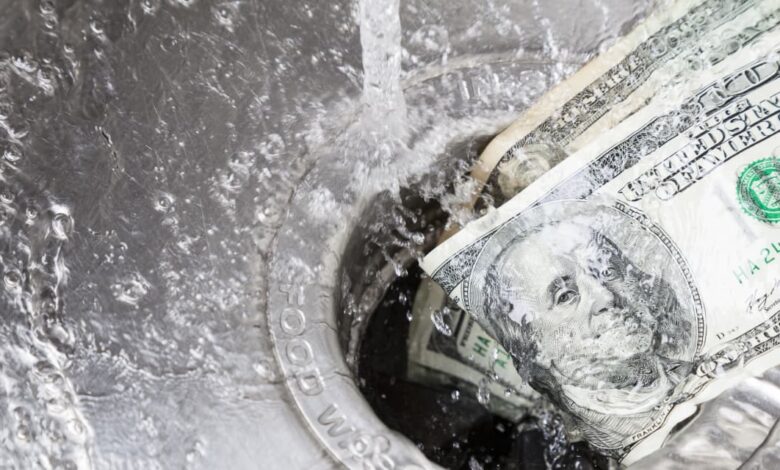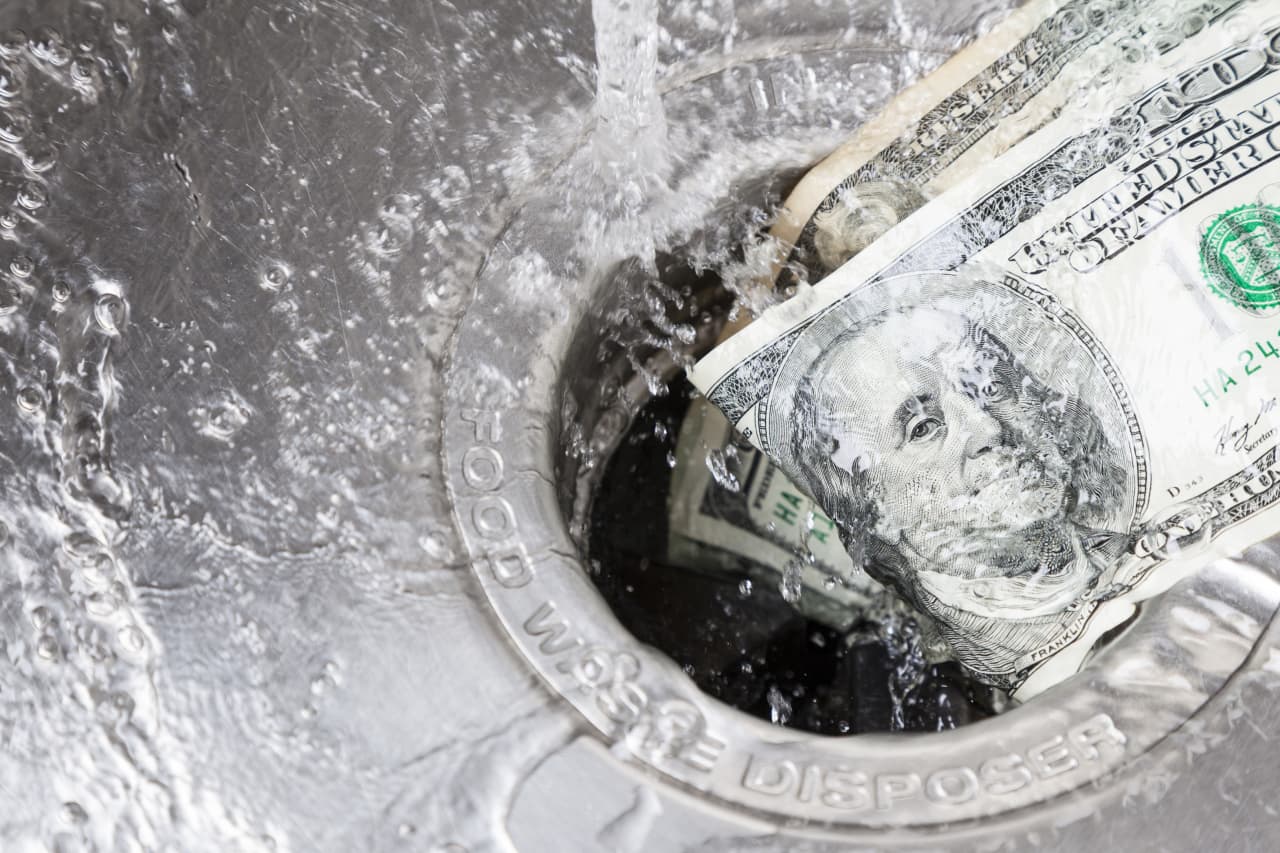Opinion: How the U.S. economy could slide into a Japan-like ‘lost decade’

In the 1980s, Japan appeared to have the world by the tail, only to see its economy collapse into a “lost decade” and general malaise. A similar fate for the U.S. seems unimaginable nowadays. The U.S. is scoring big wins in the latest, fast-growing technologies: artificial intelligence, including Microsoft’s investment in OpenAI; Alphabet, Amazon.com and Meta Platforms leading the tech giants exploiting the internet; and Elon Musk’s Neuralink and SpaceX pushing the limits of innovation.
Yet misguided government policies could cast the U.S. economy into an abyss. In the 1970s and 1980s, Japan powered its economy through exports — in particular to the U.S. market — through a combination of management’s commitment to quality and protected domestic markets, government subsidies and state coordination. Japan’s keiretsu network of interlocking ownership among major banks, trading companies, retailers, manufacturers and suppliers was instrumental to this strategy.
In this way, Japan seized large global market shares in one manufacturing industry after another. The semiconductor industry, for instance, was pioneered in America and made a stopover in Japan before foundries in Taiwan and South Korea took the top spots.
Read: Japanese stocks are at a record high, revealing a primary lesson about investing
Industrial policies that propel exports often inspire foreign defensive reactions. Ultimately, Japan negotiated voluntary export restraints with the U.S. in textiles, steel, color televisions, machine tools, automobiles and semiconductors, and Japanese automakers built factories in the U.S.
Industrial policies too often encourage misuses of capital and inefficiencies, and a reliance on a narrowing group of national champions to power growth. Even through the worst of Japan’s downturn, Sony Group
6758,
Nintendo
7974,
and Toyota Motor
7203,
for example, remained highly competitive.
The real danger for the U.S. economy — as it was for Japan — is that industrial policies encourage investors to take poorly measured risks and squander capital. For example, General Motors
GM,
benefits from the Biden administration’s auto and battery subsidies, but has made bad bets on self-driving vehicles and ignored the hybrid vehicles that car buyers now want.
Those subsidies provide cover for excessive CEO compensation — GM CEO Mary Barra earns far more than her counterparts at Toyota and Honda Motor
7267,
The new United Auto Workers contract makes it more difficult for Detroit’s Big Three automakers to compete against Asian imports in quality and price without protections.
Biden’s union preferences and costs associated with social-justice training for workers and employer-provided daycare mandates only worsen matters. For example, U.S. semiconductor manufacturers suffer under a 44% cost disadvantage with Asian foundries. U.S. computer chip-makers will likely require tariff protection, more subsidies and arm-twisting to sell the chips that government-financed factories produce — an American version of the keiretsu.
Throwing good money after bad
The keiretsu helped build Japan’s economy but balkanized Japanese capital markets. Usually centered around banks and built on equity cross-ownership, keiretsu preferences in lending wasted capital and rolling over loans created “zombie” companies.
Similarly, in the U.S., 10-year inflation-adjusted Treasury yields averaged just 0.2% after the global financial crisis and until last year. This encouraged over-investment, for example, in commercial real estate and universities — supported by yet another industrial policy, the federal student-loan machine.
Post-COVID, the U.S. government deficit is ballooning yet pressures mount for more business-tax breaks and for the U.S. Federal Reserve to cut interest rates and restore cheap capital.
Americans may be enjoying record jobs creation in the wake of COVID, but workers are disgruntled — high-paying jobs are getting scarcer and more Americans are working multiple gigs.
Moreover, young Americans are not having children — similar to Japan’s and China’s baby droughts. This forces reliance on immigration, yet policies aren’t geared to those with the most-needed skills.
Notwithstanding the exhortations of progressive think tanks like the Roosevelt Institute, the New York Times and the Biden West Wing, America is about free markets, and the capitalists among us can point to record-high stock prices.
But the so-called Magnificent Seven stocks — Nvidia
NVDA,
Microsoft
MSFT,
Alphabet (Google)
GOOG,
GOOGL,
Amazon.com
AMZN,
Apple
AAPL,
Meta
META,
and Tesla
TSLA,
— drove two-thirds of 2023’s gains in the S&P 500. Earnings among the rest of the index were hardly inspiring, and a record 72% of companies underperformed the index last year.
At its zenith, Japan could boast that the Imperial Palace grounds in Tokyo were worth more than all the land in Florida. Now the market value of the Magnificent Seven stocks equals all the stocks in Japan, France and the U.K. put together.
A U.S. economy that supports 335 million people and the world’s largest stock market is leaning on a very narrow reed by relying mostly on just seven companies to drive prosperity.
Peter Morici is an economist and emeritus business professor at the University of Maryland, and a national columnist.
Source link





